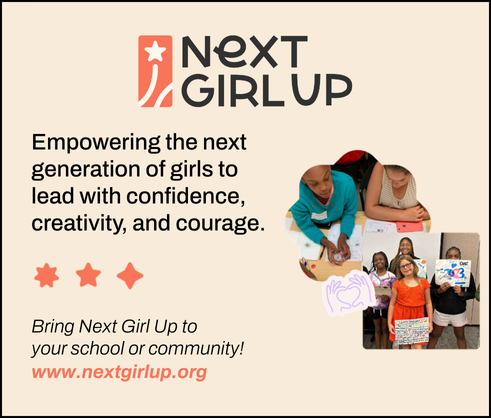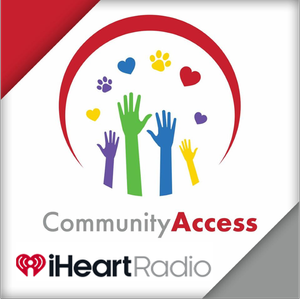Whalers Hartford Attendance 20 Years Ago Exceeds Islanders in Brooklyn
/For Hartford hockey fans of the Whalers vintage, a peek at this year’s National Hockey League (NHL) attendance figures are either demoralizing or encouraging – or both. It has been two decades since the Whalers were uprooted by ownership, replanted in North Carolina and renamed the Hurricanes, and two weeks since Gov. Dannel Malloy and Hartford Mayor Luke Bronin took their first shot at the now Brooklyn-based New York Islanders. Lowest attendance in the NHL this year belongs to the Carolina Hurricanes, at 12,025 through 24 home games, followed at the bottom of the league by the Islanders, averaging 12,829 through 32 home games, as of this week.
Lowest attendance in the NHL this year belongs to the Carolina Hurricanes, at 12,025 through 24 home games, followed at the bottom of the league by the Islanders, averaging 12,829 through 32 home games, as of this week.
Last year, the 2015-16 season, the Hurricanes averaged 12,203 for their 41 home games, last in the league, while the Islanders were third lowest in the NHL at 13,626. Both are lower than the Whalers average attendance in their final season in Hartford, nearly two decades ago.
In comparison, the top teams in the league this year for home attendance are the Chicago Black Hawks, averaging 21,669 and Montreal Canadians, seeing 21,288 per game thus far this year.
In their final season on Long Island at the Nassau Coliseum in 2015-16, the Islanders average home attendance was 15,189, an increase from the immediate previous seasons. The Carolina Hurricanes had the second lowest attendance in the league that year, at 12,594. During the 2012-13 season, the Islanders attendance was the lowest in the 30-team league, at 13,306.
With more than 1,000 obstructed seats in the Barclay Center arena that the Islanders share with the New York Nets in Brooklyn, rumors have circulated since last year of a possible move to a new arena in Queens built for hockey, unlike the Islanders current home, first and foremost a basketball arena. There has been local opposition to that possibility. Recent published reports have also indicated that the Barclay Center and Islanders could part company after the 2018-19 season or a year earlier if the team decides to relocate.
With no official word one way or the other, Connecticut officials are taking their shot, with a possible assist from a $250 million makeover of the XL Center, former home of the Whalers. That proposal must be approved by the state legislature, a tall order at a time when the state budget deficit is approaching $2 billion.
In the Whalers’ final season in Hartford, 1996-97, attendance at the Hartford Civic Center had grown to 87 percent of capacity, with an average attendance of 13,680 per game. Published reports suggest that the average attendance was, in reality, higher than 14,000 per game by 1996-97, but Whalers ownership did not count the skyboxes and coliseum club seating because the revenue streams went to the state, rather than the team. Attendance increased for four consecutive years before management moved the team from Hartford. (To 10,407 in 1993-94, 11,835 in 1994-95, 11,983 in 1995-96 and 13,680 in 1996-97.)
During the team’s tenure in Hartford, average attendance exceeded 14,000 twice – in 1987-88 and 1986-87, when the team ranked 13th in the league in attendance in both seasons.
In recent years, the Islanders have been at or near the bottom of the league in home attendance: 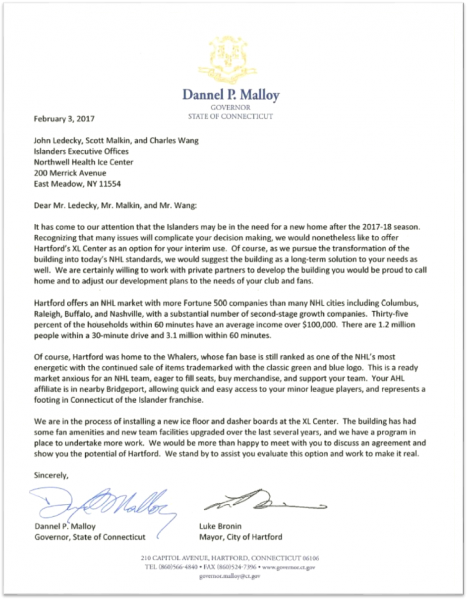
- 2015-16 28th
- 2014-15 25th
- 2013-14 26th
- 2012-13 30th
- 2011-12 29th
- 2010-11 30th
- 2009-10 29th
Whalers merchandise continues to sell well, despite the team not having played a single game in this century. Whalers merchandise was Reebok's top selling non-current NHL team, according to published reports in 2015. While the company has expanded its lineup to include Whalers logos from different eras, the Hartford Business Journal reported, gear featuring the team's original logo remained the most popular and continues to be offered on the NHL Official Shop website, on multiple websites and in retail locations in the U.S. and Canada.
The Connecticut officials said “this is a ready market anxious for an NHL team, eager to fill seats, buy merchandise, and support your team,” reminding Islanders officials that ““Your AHL affiliate is in nearby Bridgeport, allowing quick and easy access to your minor-league players, and represents a footing in Connecticut of the Islander franchise.”
The NHL has given no indication that it will approve a move out of the New York market, according to NBC Sports, although Commissioner Gary Bettman has said that the teams owners “are reviewing the situation and looking very seriously at what their options are.”
The only statement released by Islanders ownership after receiving the letter last week from Malloy and Bronin said the team does “look forward to another great year of New York Islanders hockey at Barclays Center next season.” No word on what might, or might not, occur after that.



 The Cuban Lyceum of Bridgeport -- Liceo Cubano de Bridgeport- celebrated its 60th year in 2014, the Connecticut Post
The Cuban Lyceum of Bridgeport -- Liceo Cubano de Bridgeport- celebrated its 60th year in 2014, the Connecticut Post 


 Eligibility Requirements for Book Awards to be made in 2017:
Eligibility Requirements for Book Awards to be made in 2017:

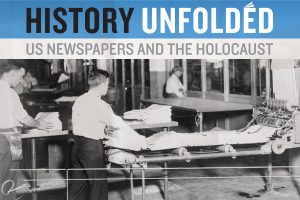
 As of January 9, 2017, 920 participants from across the country had submitted more than 6,300 articles from their local newspapers. The articles were published in newspapers located in all 50 states and the District of Columbia, and represent news articles, editorials, letters to the editor, political cartoons, and advertisements.
Individuals are urged to check with their local museum, historical society, or library to see if they will be hosting a research group. A classroom or school, a temple or church, a museum or library, or other community organizations can participate. Individuals can also participate. Organizations
As of January 9, 2017, 920 participants from across the country had submitted more than 6,300 articles from their local newspapers. The articles were published in newspapers located in all 50 states and the District of Columbia, and represent news articles, editorials, letters to the editor, political cartoons, and advertisements.
Individuals are urged to check with their local museum, historical society, or library to see if they will be hosting a research group. A classroom or school, a temple or church, a museum or library, or other community organizations can participate. Individuals can also participate. Organizations  can email Liz Shapiro at
can email Liz Shapiro at 


 The top 12 among millennials were: Sept.11; Obama election; Iraq/Afghanistan wars; Gay marriage; the tech revolution; Orlando shooting; Hurricane Katrina; Columbine shooting; Bin Laden; Sandy Hook; Boston Marathon bombing; Great Recession.
The top 12 among millennials were: Sept.11; Obama election; Iraq/Afghanistan wars; Gay marriage; the tech revolution; Orlando shooting; Hurricane Katrina; Columbine shooting; Bin Laden; Sandy Hook; Boston Marathon bombing; Great Recession.

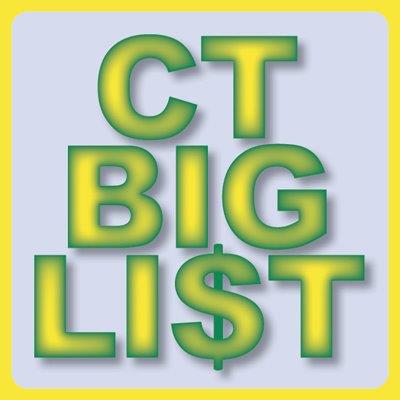 Also this month, the State Treasurer’s office is closing the year with a push urging consumers to check the agency’s CT Big List to determine if misplaced assets can be claimed. State Treasurer Denise L. Nappier said the special online publication is one component of the Treasury’s efforts to reunite rightful owners with their unclaimed property and is available through its homepage, www.ott.ct.gov.
Also this month, the State Treasurer’s office is closing the year with a push urging consumers to check the agency’s CT Big List to determine if misplaced assets can be claimed. State Treasurer Denise L. Nappier said the special online publication is one component of the Treasury’s efforts to reunite rightful owners with their unclaimed property and is available through its homepage, www.ott.ct.gov.
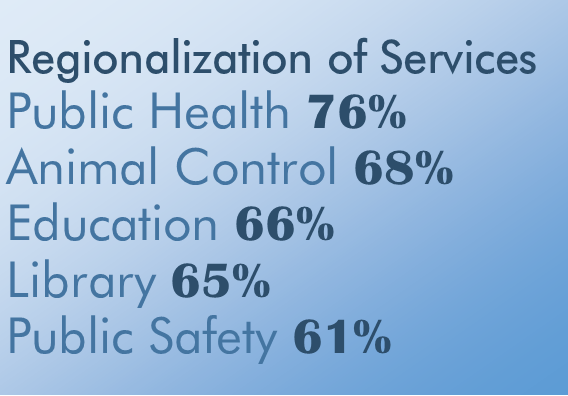 “Increasingly, towns will not be able to afford to sustain the level of services to which they have become accustomed, as budget pressures increase along with a reluctance to raise taxes. Residents showed concern, and a willingness to consider regionalism as a partial solution,” said Robert W. Santy, who serves as Board Chair of Inform CT and is President & CEO of the Connecticut Economic Resource Center (CERC) Inc.
“Increasingly, towns will not be able to afford to sustain the level of services to which they have become accustomed, as budget pressures increase along with a reluctance to raise taxes. Residents showed concern, and a willingness to consider regionalism as a partial solution,” said Robert W. Santy, who serves as Board Chair of Inform CT and is President & CEO of the Connecticut Economic Resource Center (CERC) Inc.




